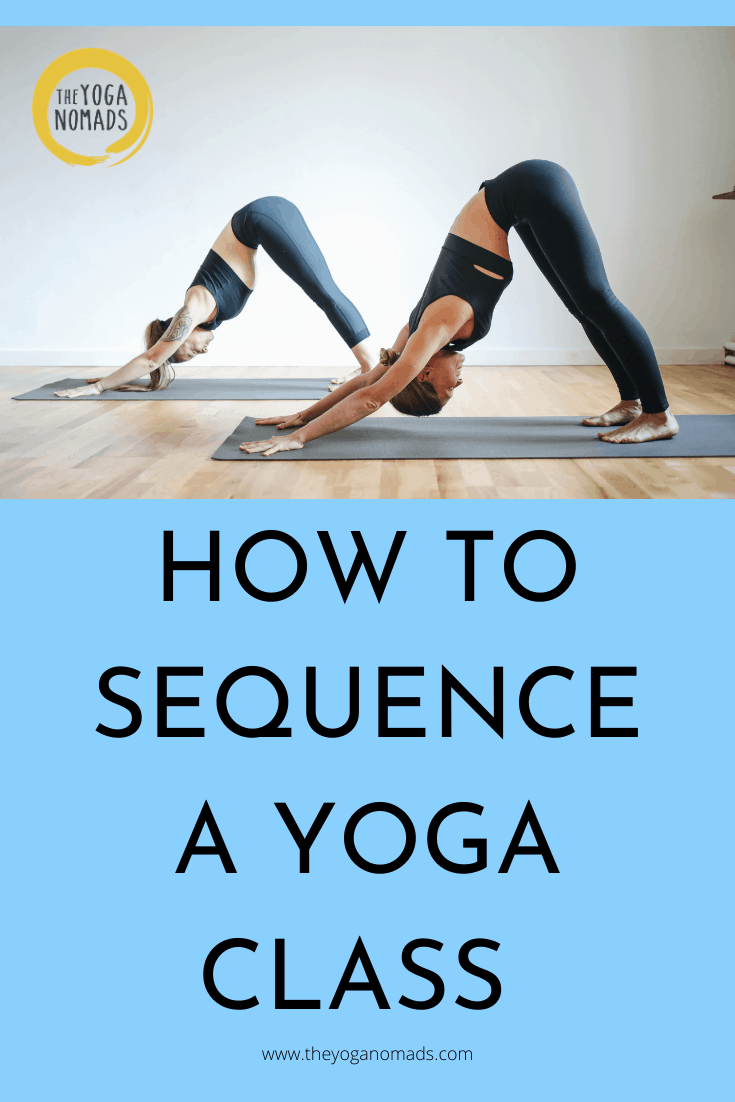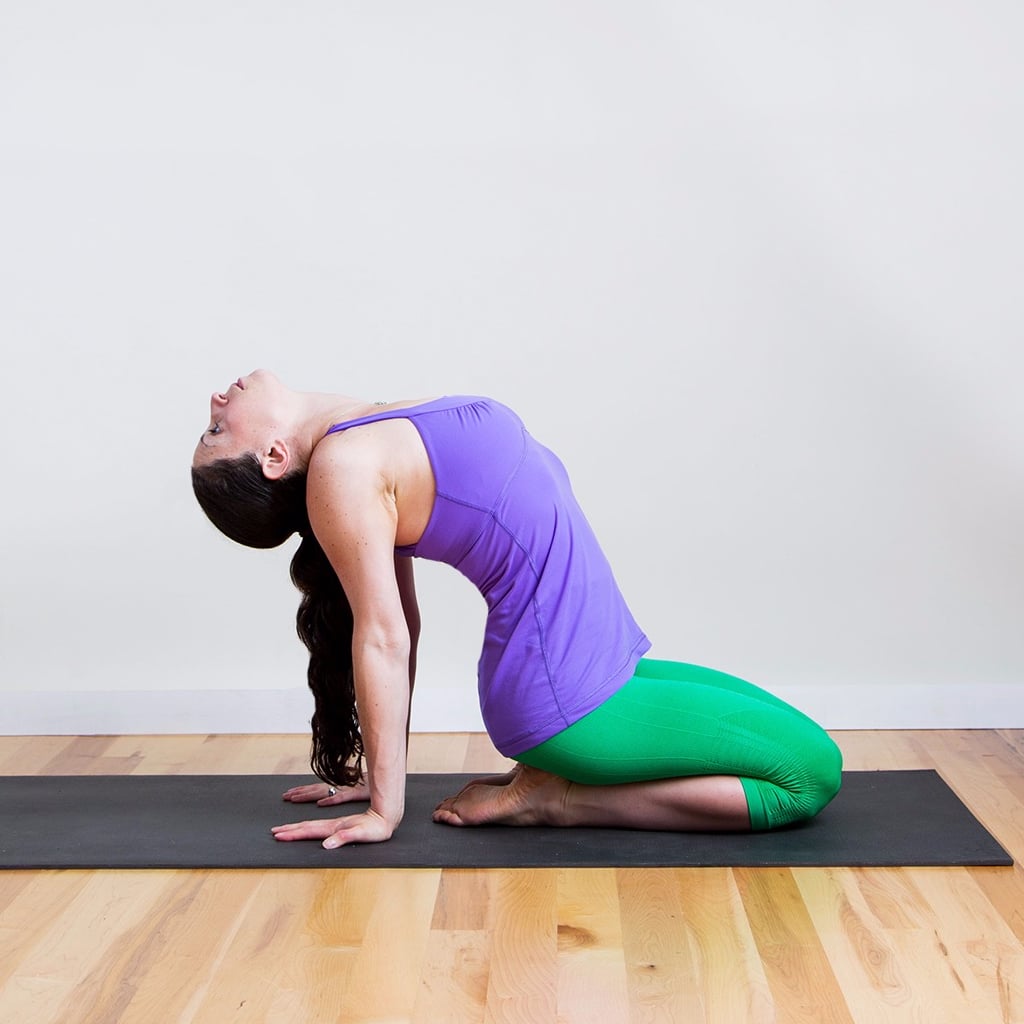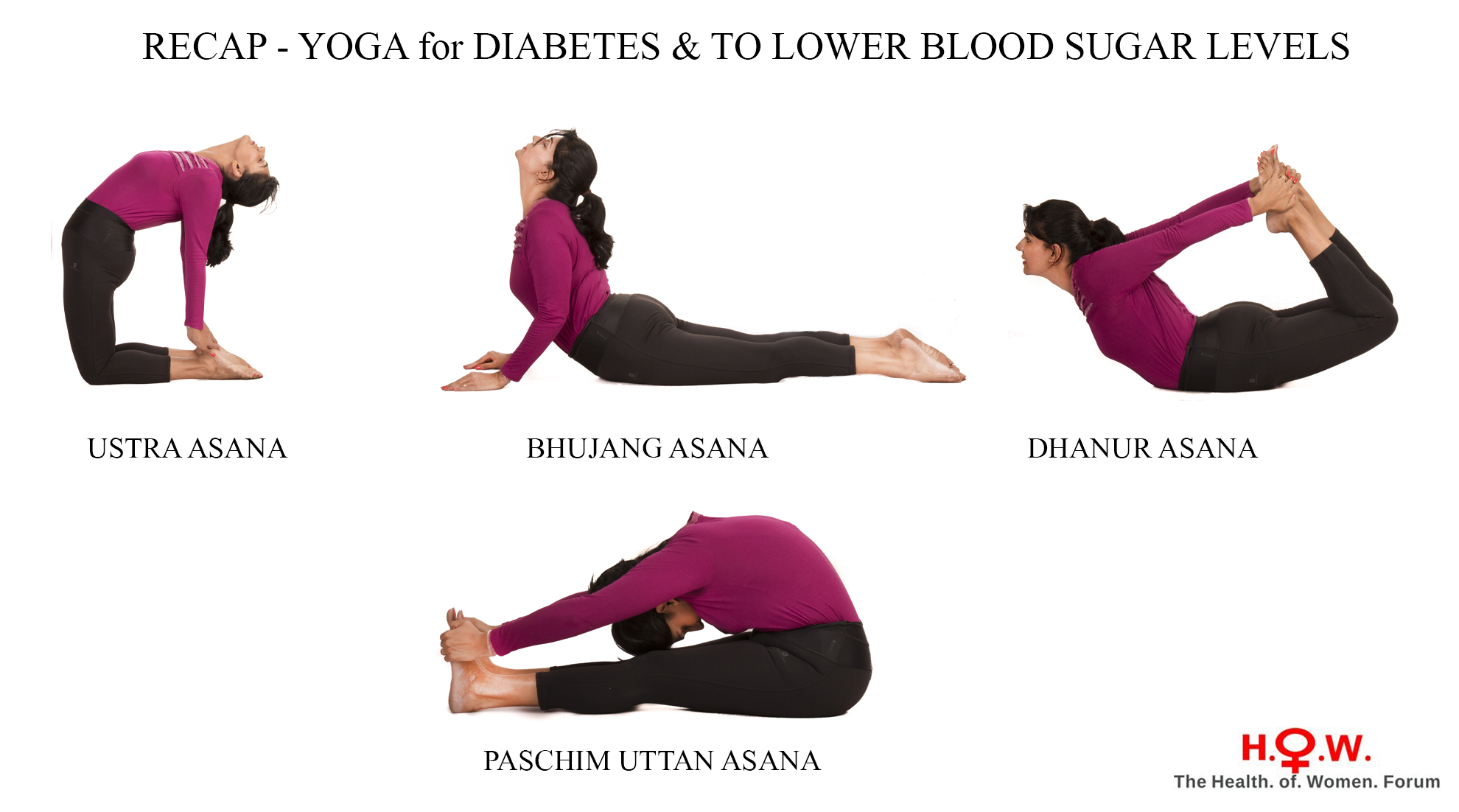
You can improve your mental and physical well-being, no matter how advanced or beginner you are with yoga. Twisting poses are a great way to stretch your hips and release tension in the back. The twist can be done standing, seated or lying down. Yoga twists improve flexibility and ranges of motion in your spine. Twisting can also calm anxiety and calm the nervous system.
Starting at the legs is the best place to start with yoga twisting. Start twisting at the lower spine. Sitting twisters should maintain a neutral spine. Anchoring the lower back can be achieved by using your knees and hip joints to anchor it. If this is not possible, props may be used to support your spine. Before starting a twisting exercise, it is a good idea to see a doctor if you have back pain.
You should also ensure your pelvis remains square. To prevent straining the sacroiliac, your torso should not be twisted. Your lower back should not be twisted if you're suffering from a herniated disc, SI joint dysfunction or chronic inflammatory digestive problems.

If you're new to twisting, a gentle open twist is a good place to start. You can then gradually progress to an active twist. You can use the intercostals and obliques to start active twists. You can also use a block to support your spine, and keep it from rounding. If you're unable to achieve a comfortable twist, use resistance to increase your flexibility.
Active twists can be great as they leverage opposing muscles. They also allow the spine to rotate more than a simple twist. This is a great choice for pregnant women who aren't able to do a simple turn. To help create active twists, active twists also make use of the spinal erectors or the gluteus maximalus. To help straighten your spine, keep the block in place if you are using it.
You should also do a pause in supine twists. Breathing while twisting will help to release tension in the lower back. If you are doing seated twists, it is a good idea to keep your hands in a prayer position and concentrate on moving your left ribcage forwards.
If you're not comfortable with your spine being twisted in a seated pose, try a seated twist that uses the hips to help you twist. If you have spinal disc injuries, or are suffering from spinal stenosis, these poses can help stabilize your spine. If you're pregnant or have a serious medical condition, you should consult with a doctor or physical therapist before doing a twisting practice.

A slow rhythmic breath can be used to help release tension. It is recommended to pause between rounds of twisting to allow your nervous system time to rest. This is especially important for women who are pregnant or suffering from heart or cardiac problems.
FAQ
What are the requirements to practice yoga in a flexible way?
It depends on what kind of yoga you choose. Some yoga styles require flexibility while others emphasize muscle strength.
Different styles of yoga require different levels of flexibility. Beginners might be able to just stretch their arms straight up. Intermediates may only need to reach overhead. Intermediate practitioners might need to bend forward to touch their toes. Advanced practitioners may need to perform deep twists and bends.
What happens if yoga is done every day?
It makes you feel calm, relaxed, and centered. It improves posture, balance, and flexibility.
You become more aware of your body and how it feels when you move. This awareness can make you more aware and conscious about yourself.
Yoga also improves your concentration.
Your mind is sharper, clearer, and more focused. It calms your nervous systems. It decreases stress levels. It promotes peace and well-being.
Do you offer yoga classes for those with special needs?
Yes, there are yoga studios that offer classes specifically for people with disabilities. These include:
-
Individuals who are physically handicapped and want to improve their posture
-
People with limited mobility
-
Individuals suffering from arthritis
-
For those who have suffered injuries
-
The elderly
If you know someone who would benefit from these classes, encourage them to join.
How will my clothes fit after I practice Yoga?
Most likely yes. They are elastic and will stretch as you wear them. They should be comfortable enough to wear while you work out, but not too restrictive.
It might be more difficult to find the right yoga pants if you have recently lost weight. You might consider shorts or leggings in this situation.
Statistics
- The American Psychological Association recently shared that 84% of American adults feel the impact of prolonged stress (5). (healthline.com)
- In comparison, a 125-pound person is estimated to burn 135 calories in 30 minutes of walking (at a pace of 15-minute miles) and 210 calories bicycling at a moderate pace on a stationary bike. (everydayhealth.com)
- Gentle yoga has been shown to ease some of the discomforts of tender, swollen joints for people with arthritis, according to a Johns Hopkins review of 11 recent studies. (hopkinsmedicine.org)
- About one in seven U.S. adults practiced yoga in the past 12 months, according to a 2017 national survey. (nccih.nih.gov)
- According to calorie estimates calculated at Harvard Medical School, the average 125-pound person burns about 120 calories in a half hour of hatha yoga, and a 185-pound person burns about 178 calories in that half hour. (everydayhealth.com)
External Links
How To
What can yoga do for your menopause symptoms
Yoga, an ancient practice, originated in India. It focuses primarily on stretching, breathing and meditation. It has been practiced for thousands of years as a way to stay fit. It has gained popularity as people search for alternatives to staying healthy and active in stressful situations.
Yoga is all about physical poses (asanas), which are used to stretch muscles, improve posture, increase flexibility and increase flexibility. This can help relieve tension, increase strength, and endurance.
There are many types of yoga: Hatha, Vinyasa flow and Bikram. Each type focuses on specific aspects of the body, such as breath, stretching, and relaxation.
All forms of yoga aim to bring about balance in the mind and body. Yoga has many benefits, including improved fitness, weight loss, improved sleep quality, energy levels, and reduced stress.
Yoga may be beneficial in the treatment of anxiety, depression, insomnia, and other conditions. It isn't clear if yoga can be used to treat other health issues, such as symptoms related to menopause.
Yoga is a way to feel happier and healthier.
It is important that you know that yoga can cause soreness in the muscles after exercising. Your doctor should be consulted if you have questions or concerns about your health.